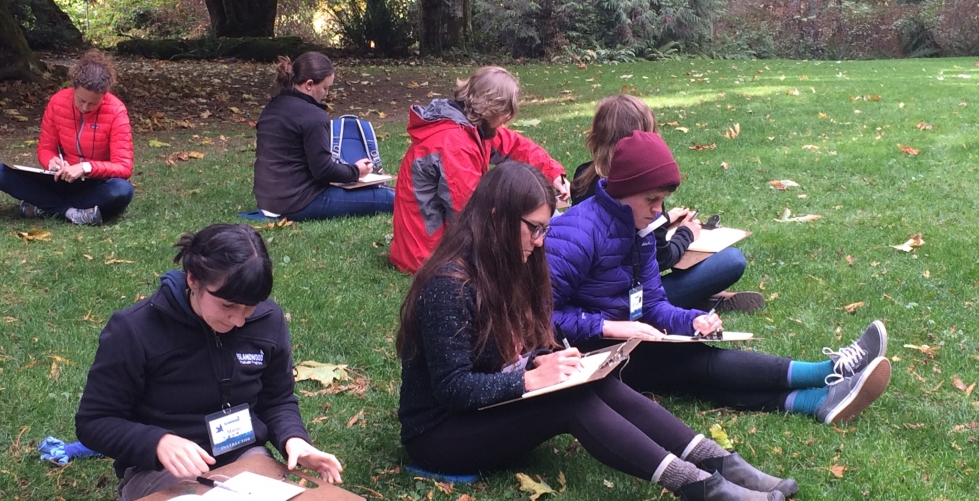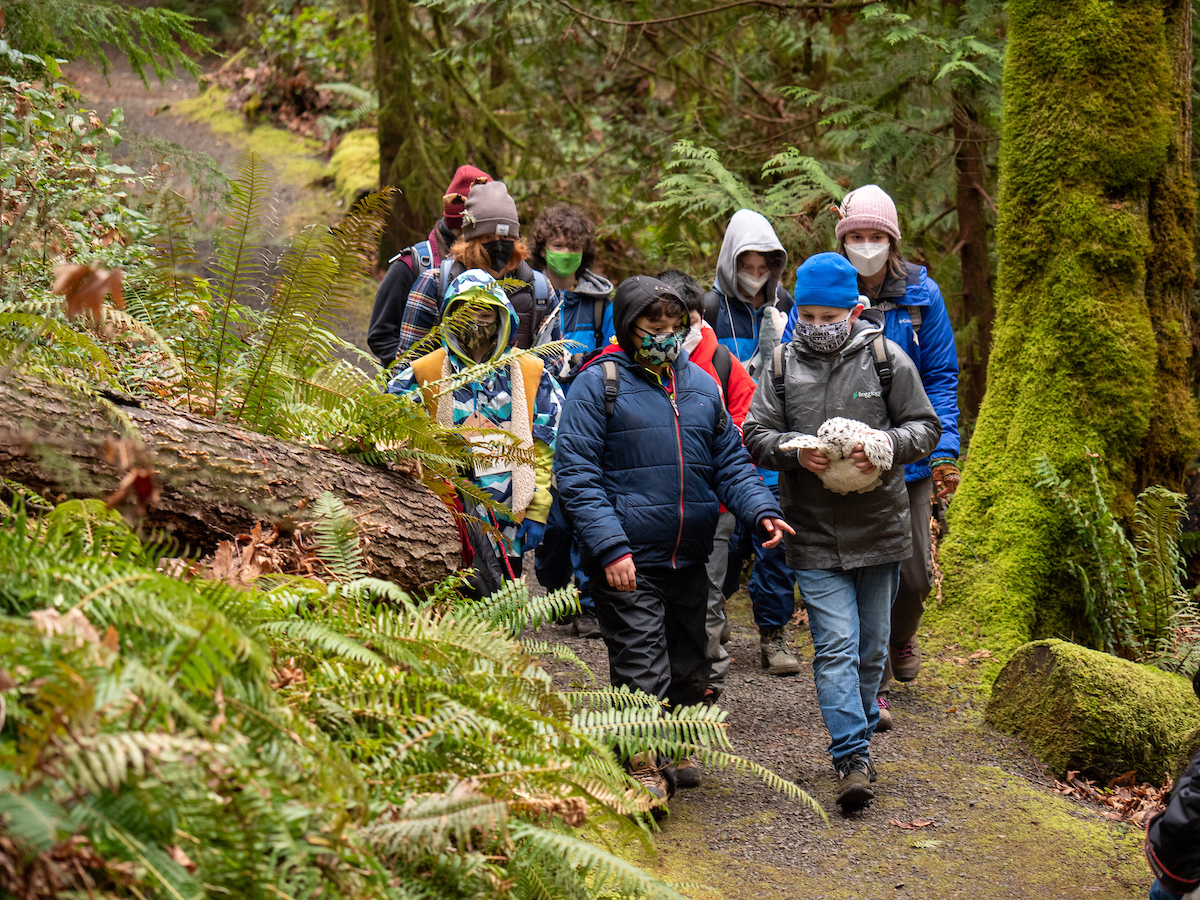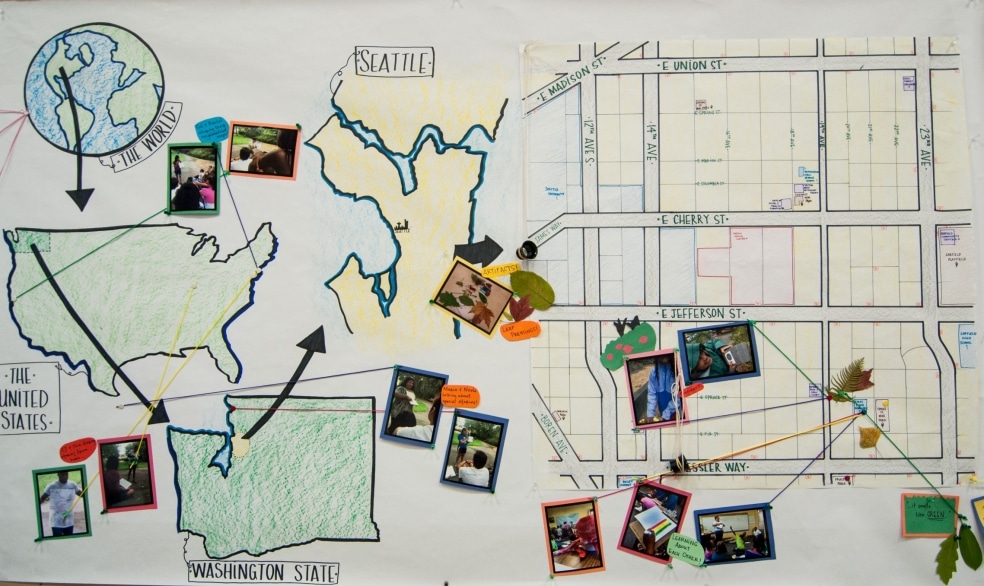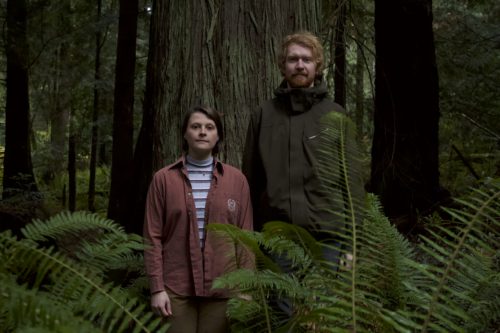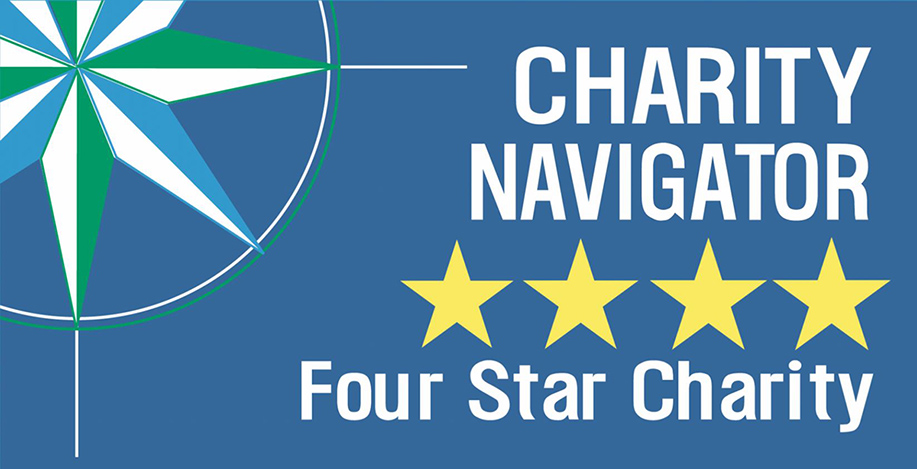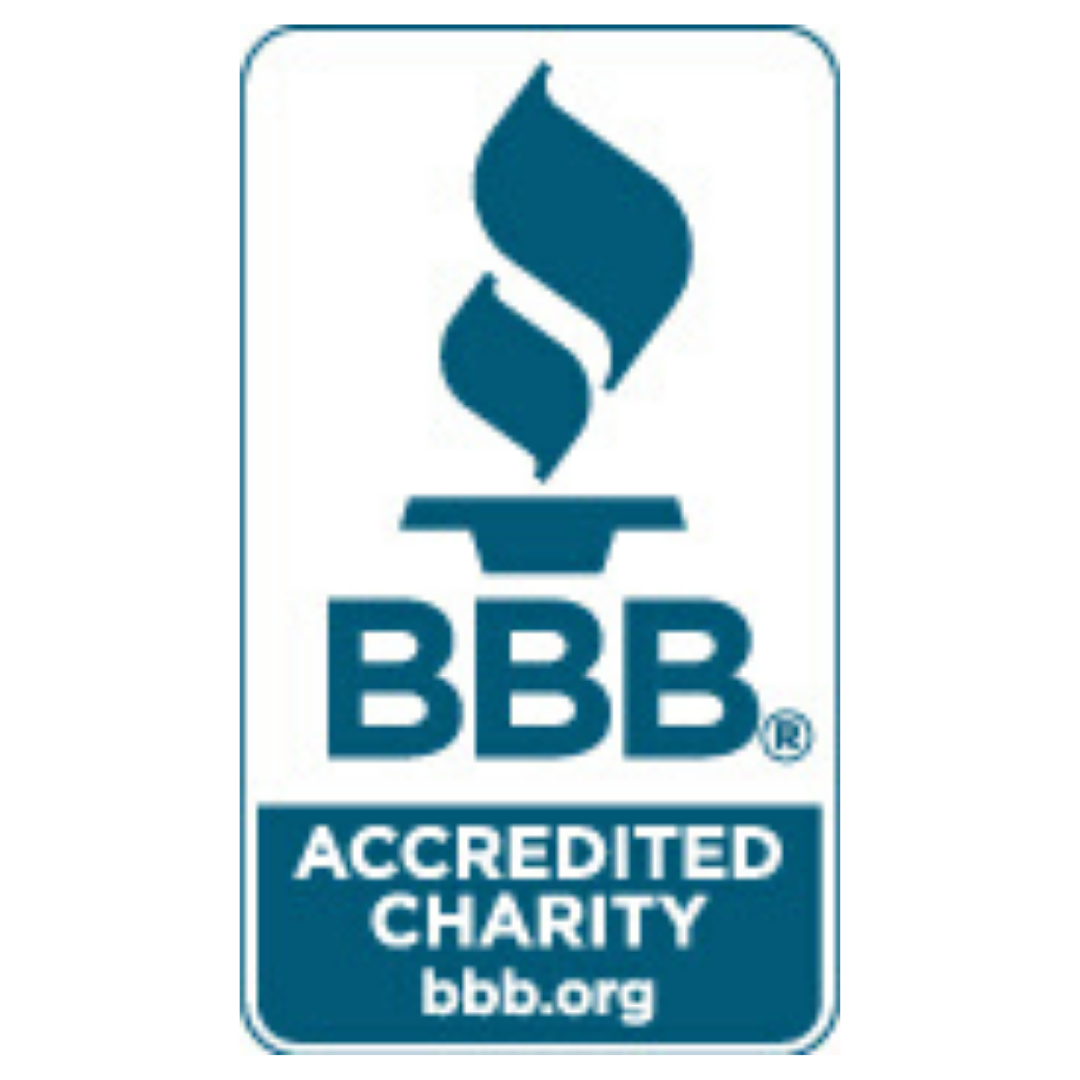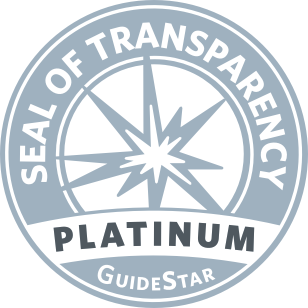IslandWood graduate students were featured in this recent Seattle Times article about House Bill 2078
Author: Tamar Kupiec
EEC graduate student Abby Harding is a scientist. She has a BS in ecology and conservation biology and worked for two years as a plant pathologist. “I’m just getting used to art,” she admitted to IslandWood artist-in-residence Maria Coryell-Martin, who had crouched down beside her on the grass to inspect her sketchbook. Maria, a self-described “expeditionary artist” who has painted on all seven continents, was leading the students in a workshop on nature journalling. The text in the upper left-hand corner of Abby’s first page read: “Creaky Tree Meadow, 3:30 pm, October 16, 2017, overcast, breezy, 56⁰F.” Those facts, the first step in the journalling process, must have come easily to Abby, who would later mistakenly refer to the campus art studio as “the lab.” As time passed, the page filled: Abby framed the text in a lush wreath of leaves. The leaves belonged to an alder tree, whose striated bark she had drawn with precise black lines. “Breezy,” “falling,” and “leaves” tumbled across the page in playful letters. And by the end of the workshop, the alder trunk was awash in surprising shades of orange and brown watercolor. It was beautiful, but that was not the point.
“Art is a tool,” Maria stressed throughout their two hours together, a tool for focusing our attention and cultivating our curiosity, for documenting a time and place and collecting data. It transforms us, she proclaimed, from “passive onlooker” to “active observer.” Such grand declarations were well received by this class of teachers, scientists, and natural history interpreters, who would use nature journalling with their students in the School Overnight Program (SOP) the following week. But now they faced the blank pages of their sketchbook, an accordion-pleated strip of paper with a string-and-tag closure they had made before heading out to the meadow. What to do? Where to start?
This was Maria’s ninth visit to IslandWood as part of the artist-in-residence program, an integral piece of the graduate education provided to students. Most weeks of the academic year, there is a teaching artist on campus, in fields such as dance, poetry, music, and craft, to work with students on integrating art into their teaching and exploring its connection to science. The sessions are rigorous, experiential, and for many, who may be new to a given art form, they entail taking risks—in public.
The blank page can be overwhelming, Maria acknowledged. And so she impressed upon her students “practice not perfection.” She extolled the virtues of the Sharpie, whose permanent ink does not smudge but cannot be erased. Her praise was as much about her pen preference as an exhortation to embrace the mark on the page. Be brave. She directed the students to stand and look out at a western cedar and trace its lines in the air with large dramatic movements. Be free. She asked the students to squint their eyes so that the landscape would become a blur and then to discern its composite shapes, to see the cedar as a cylinder. (Thuja plicata, volunteered Abby when a classmate looked to her for the botanical name.) Maria instructed the students on how to form a viewfinder with their hands to help them focus on a single element. Abby lost herself in the tiny details of the cedar, on the point of connection between cone and branch. Certainly she will use this handmade viewfinder again, for serendipitously she chose “zooming in and using observation” as the theme for her SOP field group next week.
As the workshop progressed and the pages turned, the students amassed more and more techniques. They experimented with line and value, color theory and paint. Maria asked them to draw the same object three times for successively longer periods, beginning with a contour drawing and finishing with a finely rendered depiction in color. The students divided and organized their pages with boxes, borders, and arrows, labels and mood words written with exaggerated serifs and ladder-like lines. All this was not intended to turn them into artists per se. Rather the application of these techniques was a means of training the eye to observe and investigate. Students now saw the purple undertone in the sky. They saw the tiny braided leaves of the cedar. Practice not perfection. Yes practice: do, do again and again. And practice: a habit of mind, a way of being in the natural world. In their eyes, Creaky Tree Meadow was beautiful—rich in minute detail, variegated color, and ever-changing life. And that was the point.

